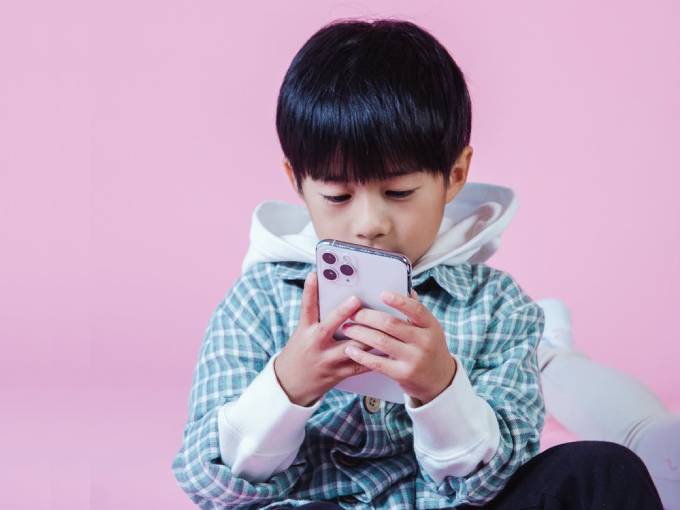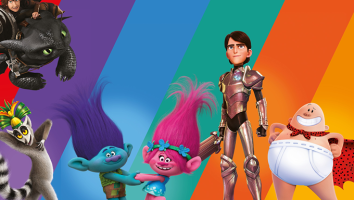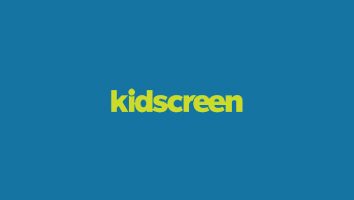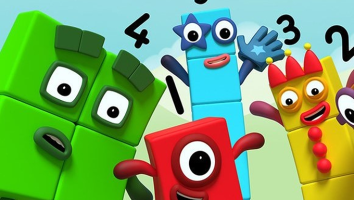By: David Kleeman
I’ve been going to the New York Toy Fair for more than 10 years. When I first wandered the floor, there was one aisle in a faraway corner of the Jacob Javits Center basement labeled “Tech Toys.” There (remember, this was a decade ago) you’d find robots next to app-enabled action figures next to kid tablets—a jumble of chip-enabled stuff.
Even then, this isolation of the tech miscellany struck me as odd. People don’t ask at the neighborhood toy store for something techy; they ask for toys, games or kits that appeal to their child’s preferred play pattern, such as arts & crafts, fantasy role-play or nurturing. Psychologist Jean Piaget would look at it this way: Esential play patterns don’t change; they just evolve to integrate new possibilities.
Happily, the Toy Fair organizers also realized that this segregation made no sense, and now electronic and “acoustic” (sorry, Bob Dylan) products are integrated by play pattern across 445,000-plus square feet of exhibition space.
In fact, the flow may be shifting from tech-enabled toys to toy-enabled tech. In a MIP Junior keynote presentation last week, Crayola marketing EVP Victoria Lozano noted, “The question that I get asked most often is: Why is an arts & crafts company getting into entertainment? [Crayola was founded on the idea that] creativity is a life skill. There’s actually been an incredible amount of quantitative, empirical research that has proven this.”
Amazon CEO Jeff Bezos also thinks people are asking the wrong things: “I very frequently get the question, ‘What’s going to change in the next 10 years?’ I almost never get asked what’s not going to change…and I submit to you that the second question is actually the more important of the two—because you can build a business strategy around the things that are stable in time.”
Physical and digital are different
To start, let’s stipulate that physical and digital creative tools are kin, not twins. There is no replacement for drawing with a pen, finger-painting or building with blocks. There’s also value in a bottomless box of bricks, and in an art kit where the crayons never break and the modeling clay never dries out. As the little girl in the meme says, “Why don’t we have both?”
Toys and digital play have similar drivers
When Dubit Trends asks children ages two to 12 what genres of toys they’ve played with in the past week, art and creativity, construction and building, and puzzles are always among the top-five responses, with role-play/dress-up just outside. Similarly, when they’re asked what features drive choice when purchasing a new toy, beyond table-stakes basics like “It’s fun to play with,” other most-cited reasons include “It helps me to be creative,” “I can use my imagination,” “I can learn things while I play” and “It involves construction.”
Not surprisingly, these are precisely the play patterns and motivators that dominate digital device use, from preschool tablet apps, to the open game and sandbox platforms online.
Asked what they like most about their favorite games, six- to 12-year-olds cite the ability to be creative and to play/share with friends. The ability to build, design and customize drives fans of the “Big 3″—Roblox, Fortnite and Minecraft. Even within games created by others, children integrate their own narratives, saying that “making up my own stories” is a favorite element.
Creators, not just consumers
User-generated content (UGC) on digital platforms exists at both micro and macro levels. Some young people simply customize their avatars with skins or accessories. Others play games like Build It or Fashion Famous, competing in construction or dress-up challenges around a given theme, with fellow players voting on their creations.
More engaged users build experiences or spaces (ranging from simple to pro-level) and share them with the world. My 12-year-old niece built her dream home, including this kitchen with an adjacent climbing wall. Take that, Malibu Barbie Dream House!
Video, too, is a UGC platform, and Dubit Trends shows a growing tendency among kids and teens to shoot, edit and upload stories. From 2020 to 2022, the percentage of kids using smartphones to shoot video increased by 19% among nine- to 12-year-olds and 26% among 13- to 15-year-olds. Uploading videos to YouTube rose dramatically as well: 27% among nine to 12s, and 42% among 13 to 15s. The TikTok rocket accelerated even faster, with usage growing by 55% among tweens and 86% among young teens.
Creative toys, creative tools
Give young people powerful tools, and they’ll reward you with amazing imagination. I’ve written about the “learnification of gaming “—skills young people gain from intrinsically motivated creation on digital platforms. A 12-year-old built the entire village from the movie Encanto in Minecraft, and then used it to recreate the “We Don’t Talk About Bruno” music video. 14-year-old Preston Mutanga’s LEGO videos so impressed Phil Lord, producer of LEGO Movie 2, that he commissioned Mutanga to create a scene for Spiderman: Across the Spiderverse.
Can I play?
Whether you manage a physical toy brand, a content IP or a game, you can use it to engage creative play on digital platforms.
During creative development, learn how young people want to play with your product or world via a playable model or simulation on a virtual platform. Since many games are perpetually in beta, you can update the experience continually as you refine the product. As you near launch, shift the emphasis to “try before you buy”.
For an established creative toy, mirror its play pattern in a game. Consider how gamers might engage with art, building, construction or imaginative tools, or find a game that matches your vision and explore a partnership.
Conversely, if you own an existing title on a UGC game platform, you might partner with a toy company to enhance engagement in your world by integrating digital versions of its products.
To connect with your fans who love dressing and accessorizing their avatars, offer branded items so they can “represent” across the platform, or partner with one of the fashion games to incorporate your brand.
Don’t ignore the UGC video platforms. Art and building toys can encourage users to document and share their creativity as a spark for others.
These ideas require IP owners to loosen their grip a bit in order to allow fans to imprint the brand with their own “stamp”. This used to be a deal-breaker, but many companies now realize that allowing UGC content—or even facilitating it with tool kits—can be a great way to discover how young people play with their brand, and it also represents free promotion.
Tools for engagement, immersion, creation and sharing will only get more robust, with new engines driving gaming platforms, the incorporation of AI into virtual spaces, and the slow but inevitable rise of VR. Does every creative toy, therefore, need a digital strategy, and every digital experience need creative elements? Recalling one of my favorite childhood books—Harold and the Purple Crayon—you can draw your own conclusion!
This article is based on David Kleeman’s presentation at Toy Fair New York 2023.
David Kleeman is SVP of Global Trends for Dubit, a UK-based metaverse studio and research/strategy consultancy.



























